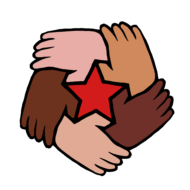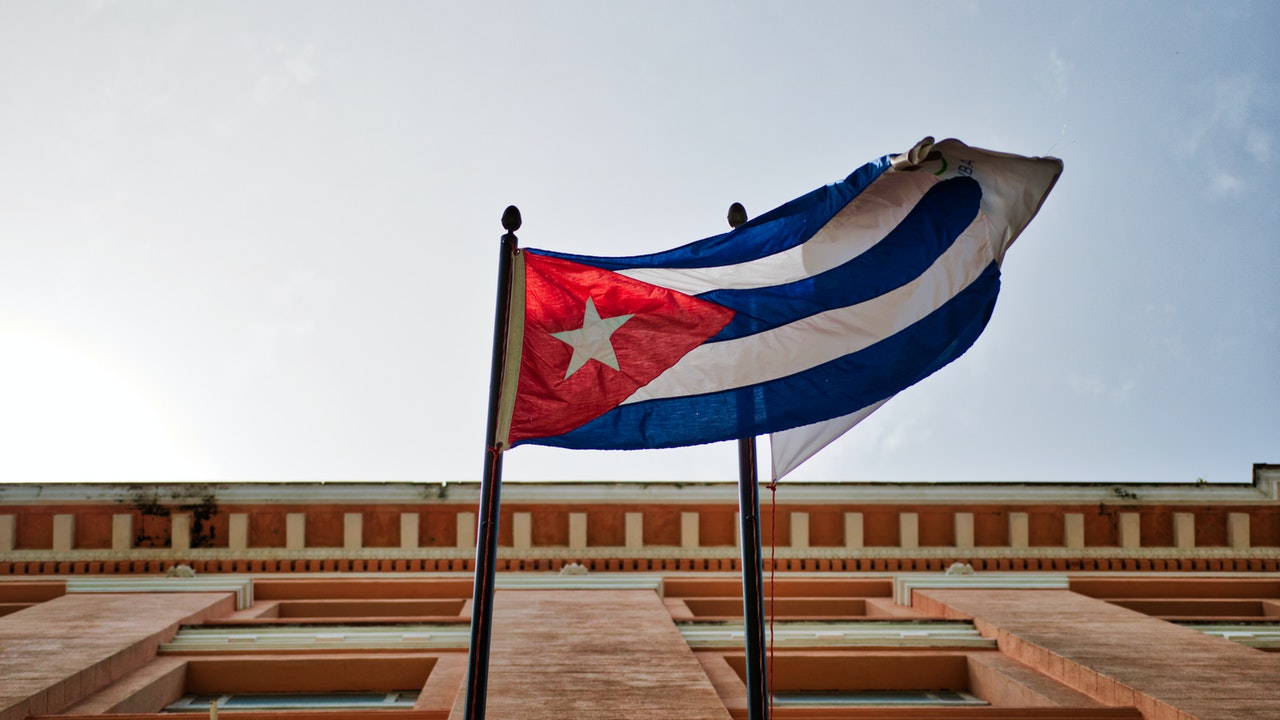The reproductive rights of people who are capable of getting pregnant are under attack around the world. The recent overturning of Roe vs Wade in the US, which makes it possible for individual states to ban abortions within their boundaries, is the biggest recent loss in this ongoing battle.
According to the Guttmacher Institute, an estimated 930,160 abortions were performed in the US in 2020.±1 Even in this wealthy country, where many people have access to contraception, medical terminations play a significant role in family planning efforts. They also protect the health of those able to become pregnant, and allow rape survivors to terminate pregnancies that result from their attacks.
Yet, while the “land of the free” is restricting the right of its citizens to bodily autonomy, “authoritarian” Cuba has what are likely the most humane abortion laws in the world.
“Cuba accepts and supports, since 1959, the sovereign right of women and their partners to freely decide their reproduction issues.” – Periodico Trabajadores, July 11, 1994±2
A Short History of Reproductive Rights in Cuba
Until the mid 1930s, Cuba maintained the strict ban on abortions that it had inherited from its days as a Spanish colony. In 1936, the country instituted a new law, stating that abortion was permissible where there was a serious health risk to the mother.±3 The law didn’t define what constituted a serious health risk, however, and that left doctors to decide. Their decisions were never officially questioned.±3
This meant that practically all of the Cuban population had access to abortion, which doctors typically performed for a low fee. At the time, only a small section of the wealthy had access to modern contraceptive methods, such as diaphragms.±3 For most of the population, abortion services were all that stood between them and the risks of childbirth and extra financial hardship.
The final victory of the socialist revolution, in 1959, marked a new era of women’s rights in Cuba. The new government set to work creating free access to healthcare throughout the country, including the previously underserved rural areas. The Ministry of Public Health was under special orders to prioritize women and children, so it began distributing contraception at once.±3
During the early sixties, there was a huge surge in the number pregnancies being carried to term in the country because many of the doctors who used to perform abortions had left for America, alongside other wealthy Cubans, when the health service was nationalized.±3 ±7 Those doctors who remained were often wary of falling foul of the new government, lest it should choose to enforce a stricter interpretation of the law.±7 In response to this, the government began sex education initiatives and started a program to encourage people to give birth in hospitals, where they’d be safer than at home.±3 ±4
At the same time, many people who became pregnant felt unable or unwilling to carry their pregnancies to term. They sought abortions from less skilled practitioners and often lost their lives in the process.±6 Facing a high rate of abortion related deaths, the Cuban government announced its decision to interpret the law in a way that allowed it to provide widespread access to abortion.±3
In 1977, however, Cubans decided that this permissive approach wasn’t enough. People who are able to become pregnant needed to have the explicit right to receive abortions under the law.±3
Most countries’ laws explicitly define the conditions under which an abortion is legal. With their new law, Cubans took the unusual step of choosing to define only the conditions under which an abortion is illegal. The new law prohibited abortion only when it’s performed for profit, by an unqualified person, in an unofficial place, or without the woman’s consent.±5 In other words, the law stuck to making sure that the recipient was safe and not being exploited for profit. It didn’t test to see whether or not they qualified.
Today, even though contraceptives are widely used, to many Cubans abortion is just another way of preventing unwanted childbirths. Abortion is still freely available to anyone who needs it and isn’t seen as either shameful or a last resort.
When looking into the issue, researchers Danièle Bélanger and Andrea Flynn found that Cuban people share their personal experiences of abortion with family and friends as part of normal discussion, which helps to normalize the experience.±8 Here are some of the responses they received when interviewing people for their research paper about abortion in Cuban culture:
“I was about ten years old, I heard about [abortion] from people on the street, also in my house my mom talked about it with her friends in front of me.” – Male, aged 49
“Around the streets, [abortion is] a common thing that people talk about; it’s an everyday thing.” – Male, aged 23
“My cousin had an abortion. She told me that nothing out of the ordinary happened, that everything went well.” – Female, aged 21
“When I was in school, a friend of mine had an abortion. She was fairly young, around 13 years old, because we were in eighth grade. She told me it went well and said the anesthetic was fine. Girls talk about that kind of stuff.” – Female, aged 31±8
Conclusion
Access to abortion is a purely ideological decision, and one that can have a massive impact on the health and finances of those involved. US politicians and media try to paint Cuba as an authoritarian country, whose people suffer great hardships at the hands of their government. But for the millions of people around the world who don’t have safe access to abortion services, the fight against government oppression begins at home.
References:
±1 https://www.pewresearch.org/fact-tank/2022/06/24/what-the-data-says-about-abortion-in-the-u-s-2/
±2 (Periodico Trabajadores, July 11, 1994); quoted from page that was archived on 14th October 2014 at https://web.archive.org/web/20141014111358/http://www.pop.org/content/abortion-and-infanticide-in-cuba-1089
±3 (Commentary on abortion law and practice in Cuba, 1989, Celestino Alvarez-Lajonchere MD, International Journal of Gynecology & ObstetricsVolume 30, Issue Supplement p. 93-95)
±4 (Giving birth is now safer, Ubaldo Famot Cardoso, WHO, 1986, page 1-2)
±5 (International Developments in Abortion Laws: 1977-88,Rebecca J. Cook, JD LLM and Bernard M. Dickens PND LLD, 1988, page 1)
±6 (The Persistence of Induced Abortion in Cuba: Exploring the Notion of an “Abortion Culture”, Danièle Bélanger and Andrea Flynn, 2009, page 1)
±7 (The Persistence of Induced Abortion in Cuba: Exploring the Notion of an “Abortion Culture”, Danièle Bélanger and Andrea Flynn, 2009, page 3)
±8 (The Persistence of Induced Abortion in Cuba: Exploring the Notion of an “Abortion Culture”, Danièle Bélanger and Andrea Flynn, 2009, page 8)





